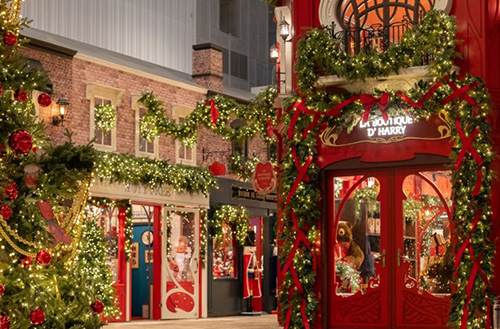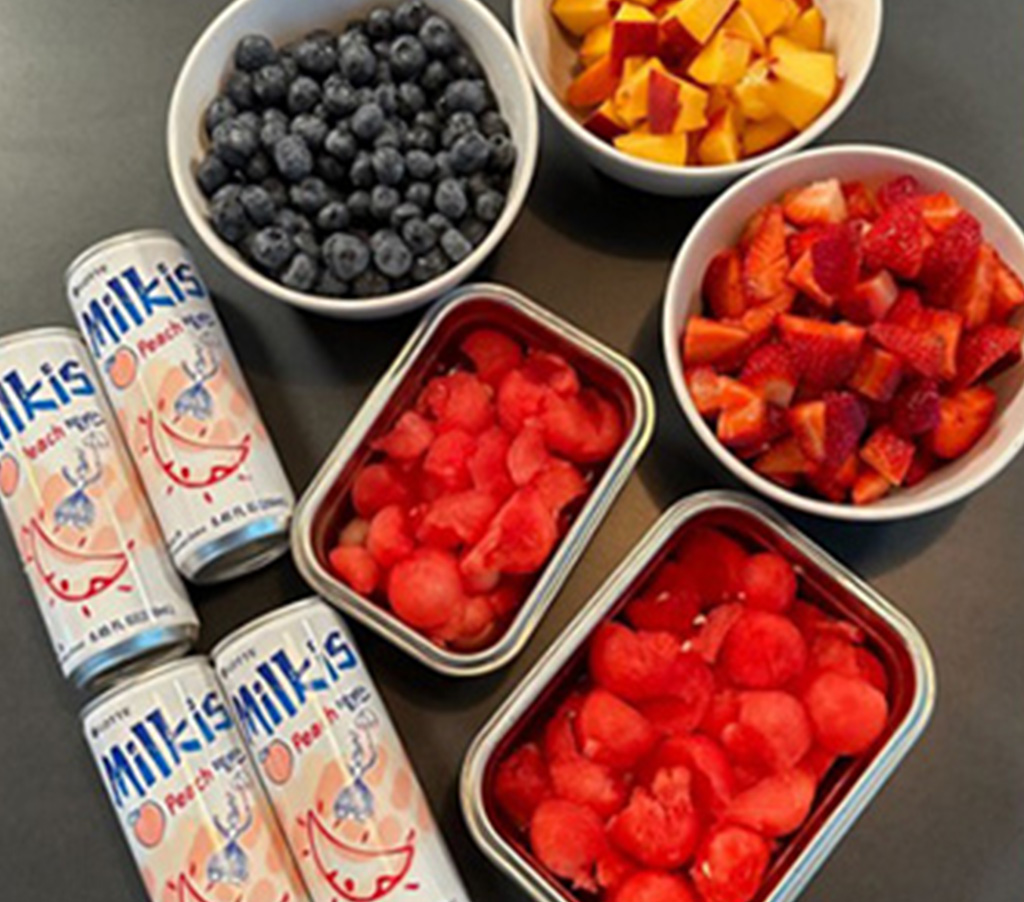
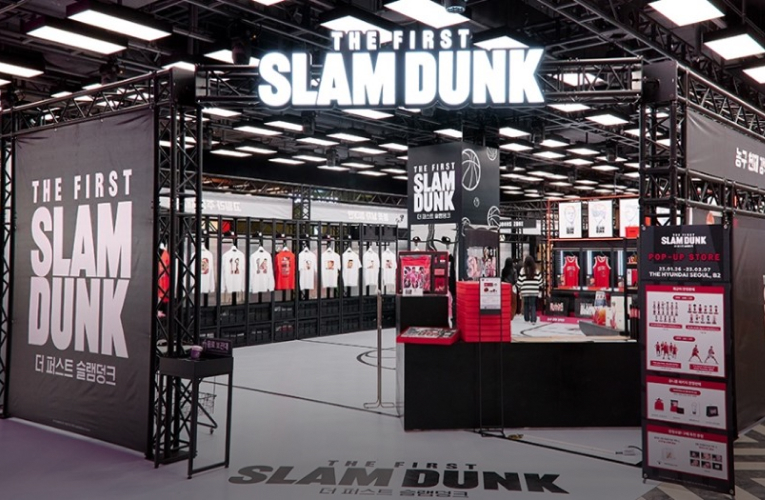
The Golden Age of Pop-up Stores

Columnist| Introducing the columns written by member of Amorepacific Group
Part3. The Golden Age of Pop-up Stores

Amorepacific HERA MC Team
Seoul finds itself at the pinnacle of the pop-up store revolution. Beyond the realm of fashion and beauty, entities as diverse as securities firms and OTT services are strategically launching pop-up ventures. In today's ‘Casual Trend Insights,’ we dissect the current trajectory of South Korea's pop-up marketplace, shedding light on notable success stories and critically assessing their fiscal dynamics and impacts.
The Meteoric Rise of Pop-Up Stores: Unraveling the Phenomenon
Pop-up stores, ephemeral by design, pivot toward expanding the brand experience rather than sheer sales volume. Intriguingly, the past triennium has witnessed these pop-up ventures redefine marketing paradigms. As per data extracted from Google Trends, there was a staggering 3.8-fold surge in searches related to “pop-up stores” in South Korea in 2022 compared to 2021.
The proliferation of this pop-up fervor can be attributed to the ripple effects of the global pandemic. In the COVID-19 era, beleaguered small enterprises grappling with exorbitant rents began leveraging pop-ups as an innovative testing milieu. Concurrently, many upscale department stores transitioned their operational strategy to exclusive collaborations with well-vetted brands.
Short-lived in nature, with a tantalizing array of limited-edition offerings, these pop-ups resonate profoundly with the aspirational and curiosity-driven Millennials and Gen Z. The immersive experiences curated within these spaces enhance brand visibility, leveraging social media to achieve an unparalleled promotional effect.
Dual Epitomes of Pop-Up Stores: The Hyundai & Seongsu
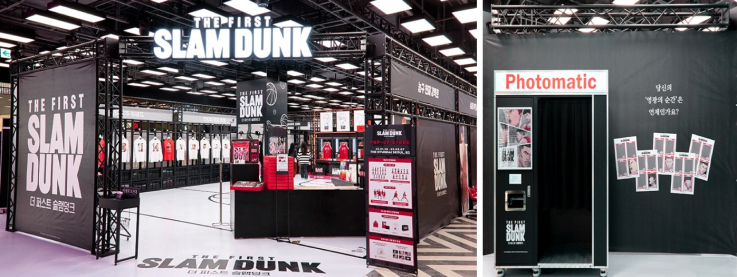 ▲Source : The Hyundai Seoul Blog
▲Source : The Hyundai Seoul Blog
#1. The Hyundai Seoul: Crafting a Novel Blueprint for Departmental Retail
In the annals of 2022, The Hyundai Seoul curated an impressive 250 pop-up showcases, enticing an additional two million customers over the year — a significant portion of which hailed from the Millennial and Gen Z demographic. The architectural blueprint of The Hyundai intrinsically encompasses spaces that deviate from conventional departmental norms. The subway-adjacent basement alone boasts three dedicated pop-up locales, with a mosaic of innovative pop-ups sprouting from this subterranean level to the first and fifth floors.
Distinctively, The Hyundai pop-ups are characterized by their audacious deployment of Intellectual Properties, presenting avant-garde content that eclipses the typical fashion and beauty narrative. They attract audiences through iconic mediums — from K-pop sensations like NewJeans and BLACKPINK to cinematic and digital literature endeavors. The “Slam Dunk” pop-up, for instance, witnessed such overwhelming patronage on its debut that early closure became imperative. Insider testimonies from Hyundai Department Store reveal that this particular event, in tandem with the Kakao web novel “Shine Your Star Debut of Die,” generated an enviable revenue exceeding 1 billion won solely from merchandise transactions.
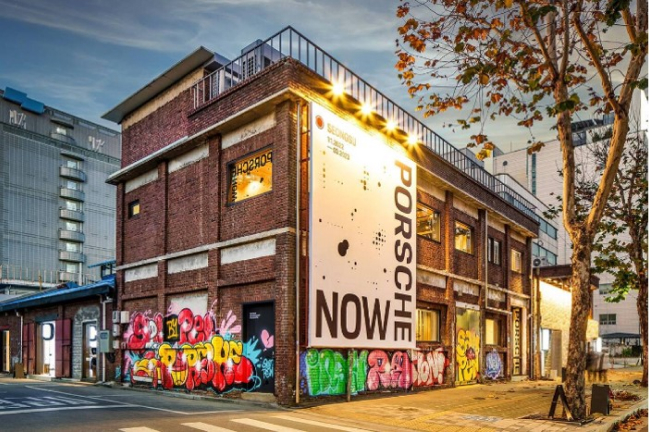 ▲Source : Porsche Now Website
▲Source : Porsche Now Website
#2. Seongsu: Envisioned as Korea's Brooklyn and a Pop-Up Paragon
A typical weekend in Seongsu beholds as many as 43 pop-up events, underscoring its stature as an unparalleled “pop-up sanctuary.” This district, enriched with its heritage of vintage factories, has spurred curated channels dedicated solely to disseminating news of these pop-up marvels. The vintage ambiance, harmonized with expansive terrains, enables a rich tapestry of experiential pop-up designs. This translates to a fortuitous scenario for landlords, allowing them to monetize formerly dormant factory premises with temporary leases.
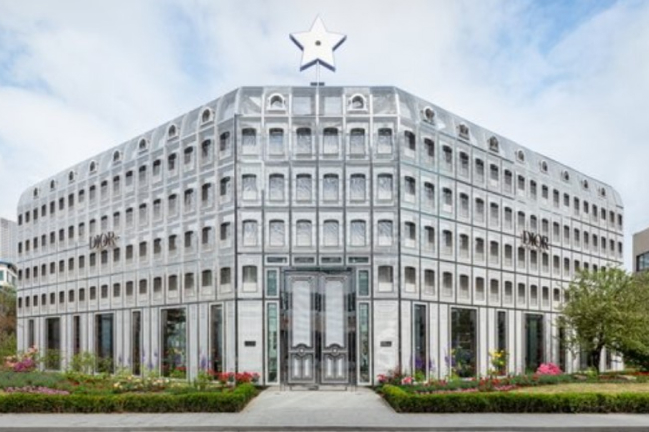 ▲Source : Dior
▲Source : Dior
Seongsu's extravagant pop-ups serve their intrinsic purpose and transform into monumental “outdoor advertisements.” An exemplar is the “Dior Seongsu,” which, while captivating from within, exerts an even more magnetic allure for external onlookers. Given the potential to vividly broadcast brand ethos within expansive canvases, it's hardly surprising that an array of luxury brands finds Seongsu irresistible.
The Pillars of Pop-Up Store Success
In the intensely competitive realm of pop-up retail, presenting a novel experience is an escalating challenge. Merely showcasing products, providing photo zones, or dispensing complimentary items scarcely hold the contemporary customer's gaze. Instagram events, once immediate and engaging, now have diminished in impact. For a pop-up to resonate and captivate, it must embed the following foundational elements:
①Evocative Visuals and Spatial Design
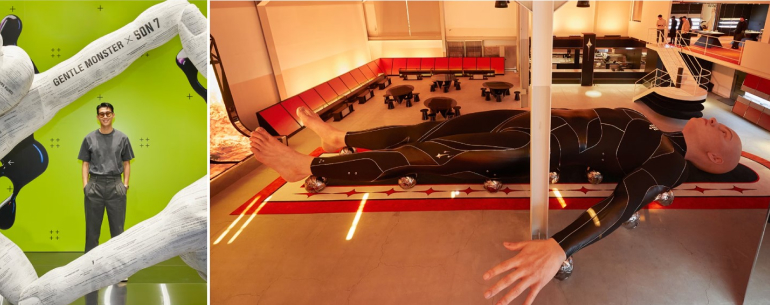 ▲Source : Gentle Monster
▲Source : Gentle Monster
Each Gentle Monster pop-up boasts an arresting large-scale installation. This masterstroke vividly encapsulates the brand's audacious image while naturally encouraging visitors to take photographs. Such inventive design craftsmanship resembles observing an avant-garde art piece. Nowadays, discerning customers interpret their pop-up visits as enriching cultural engagements. An infusion of creative and alluring visuals ignites intrigue and catalyzes organic photo opportunities.
②Crafting Memorable Experiences
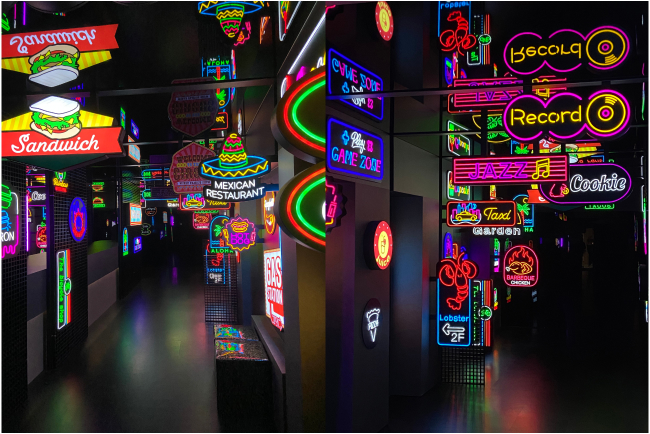 ▲Source : Choi HanBit
▲Source : Choi HanBit
In a stroke of marketing brilliance, Samsung Electronics unveiled a “Locate Ant-Man” event at the Galaxy Studio Seongsu, showcasing the impressive 100x Space Zoom capability of the Galaxy S23 Ultra. Equipped with event phones, participants pursued a thrilling quest to photograph minuscule Ant-Man figures. In order to highlight the product's ability to take sharp images even at night, the company also installed night-view zones in the pop-up store. Upon locating all 23 figures, successful adventurers were rewarded with tickets to “Ant-Man and the Wasp: Quantumania” or select original merchandise coupled with mission points. My firsthand foray into this event was revelatory. The finesse with which they showcased the device's adeptness at capturing pristine close-ups, even in dim lighting, sufficiently redefined my brand perception, although I am a steadfast Apple aficionado.
③An Authentic Alignment with Target Audience Interests
 ▲Source : Maeil Dairies Social Media
▲Source : Maeil Dairies Social Media
Maeil Dairies' “Amazing Oat” pop-up elegantly unfolded as a café accentuating oat milk. This innovative space proactively courted vegan enthusiasts with delectable animal-free dessert spreads and enlightening cooking classes alongside vegan brands. The brand's sustainable efforts were noteworthy: removing plastic in merchandise and the tasteful incorporation of repurposed wood for décor. Such measures not only marketed a product but elegantly elevated Maeil Dairies to the pedestal of a conscious, ethical brand.
Balancing Pop-Up Expenditure and Impact
Venturing into pop-up retail naturally evokes concerns about fiscal commitment. Typical standalone pop-ups gravitate towards two primary models: 1) Engaging short-term leases on vacant premises or 2) Crafting synergies with existing venues, notably cafes or studios. In Seongsu, a venue of roughly ten pyeong demands a daily lease between 1,000,000 to 1,500,000 KRW. Spaces with substantial footprints might command daily rentals surpassing 10,000,000 KRW. Integrating interior aesthetics, staffing, and prop expenses, budgets can swiftly venture into the multimillion KRW domain, although variations are contingent on scale, duration, and locale.
Such a substantial fiscal outlay inevitably ushers in questions about tangible returns. The gold standard for appraising pop-up efficacy typically pivots on ‘visitor metrics’ and ‘digital engagement.’ Additionally, the ‘average engagement duration’ offers invaluable insights into the depth of brand immersion.
In our digital epoch, fleeting online attention — often transient and momentary, lasting less than thirty seconds — is quickly submerged in the deluge of information. In stark contrast, pop-up venues anchor visitors for durations spanning a brisk 10 minutes to an immersive hour, facilitating a comprehensive brand exploration. While formal marketing paradigms championed expansive outreach, contemporary challenges focus on attracting a devoted niche audience. Given this trajectory, pop-up stores eloquently articulate brand ethos and philosophy and are poised for sustained prominence in the foreseeable future.
-
Like
7 -
Recommend
0 -
Thumbs up
2 -
Supporting
0 -
Want follow-up article
0




